This is the Vlog for the Snow Leopard Spring Expedition, April, when we had a great sighting of a snow leopard. We were on the recently melted snowy slopes near the Khunjerab Pass there the animals waking up from their long hibernation appeared. There were long-tailed marmots, along with predators like red foxes and the birds of prey from above, as well as herds of yak moving north, making their way to the highlands…and of course, the snow leopards. It is such an irresistible season for wildlife lovers.
Tour Vlog SNOW LEOPARD EXPEDITION SPRING2021
Considering all the hardships we have faced so far, I was filled with gratitude for this tour.
Videography: Mariko SAWADA
Observation: April 2021, Khunjerab National Park, Gilgit-Baltistan
*Contact us, Indus Caravan for more information or to make arrangements for observing wildlife of Pakistan.
*Youtube Facebook Instagram << Please check our update activity !
Category : - Snow Leopard > = Video Clip Gilgit-Baltistan > ◆ Video Breathtaking Views of Pakistan > - the Karakoram Highway > ◆ Gilgit-Baltistan > ◇ Wildlife of Pakistan > - Khunjerab National ParkTag : Wildlife of Pakistan , Pakistan tour operator , Pakistan Photography Tour , Indus Caravan , Wildlife Photography Pakistan , Saiyu Travel Pakistan , Wildlife Tour Pakistan , Khunjerab National Park , Snow Leopard Expedition , Pakistan Blog , Snow Leopard Conservation , Pakistan Travel Blog , Snow Leopard , Snow Leopard Pakistan , Travel Pakistan Blog , Pakistan Travel company






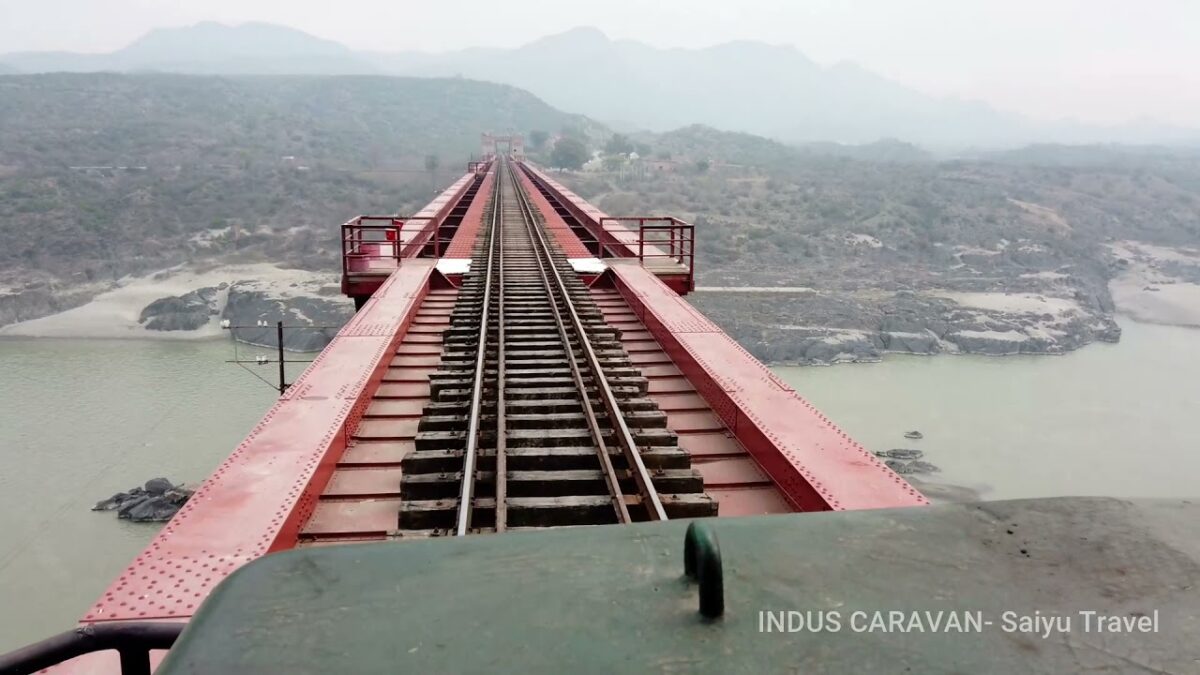


















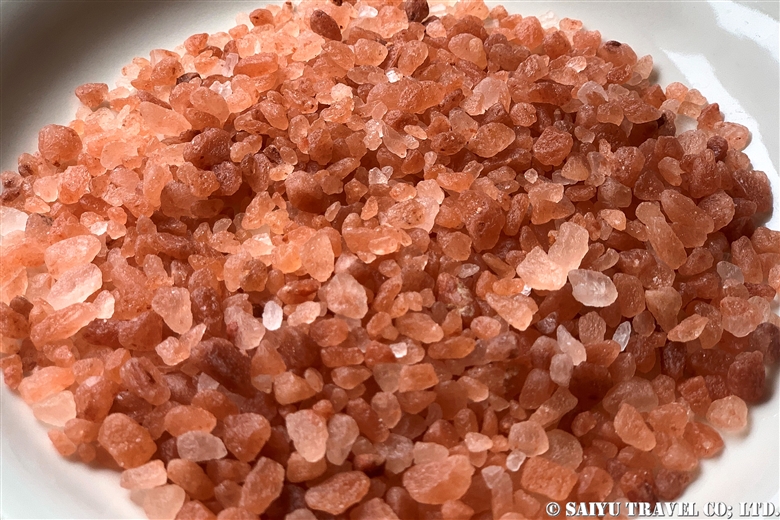
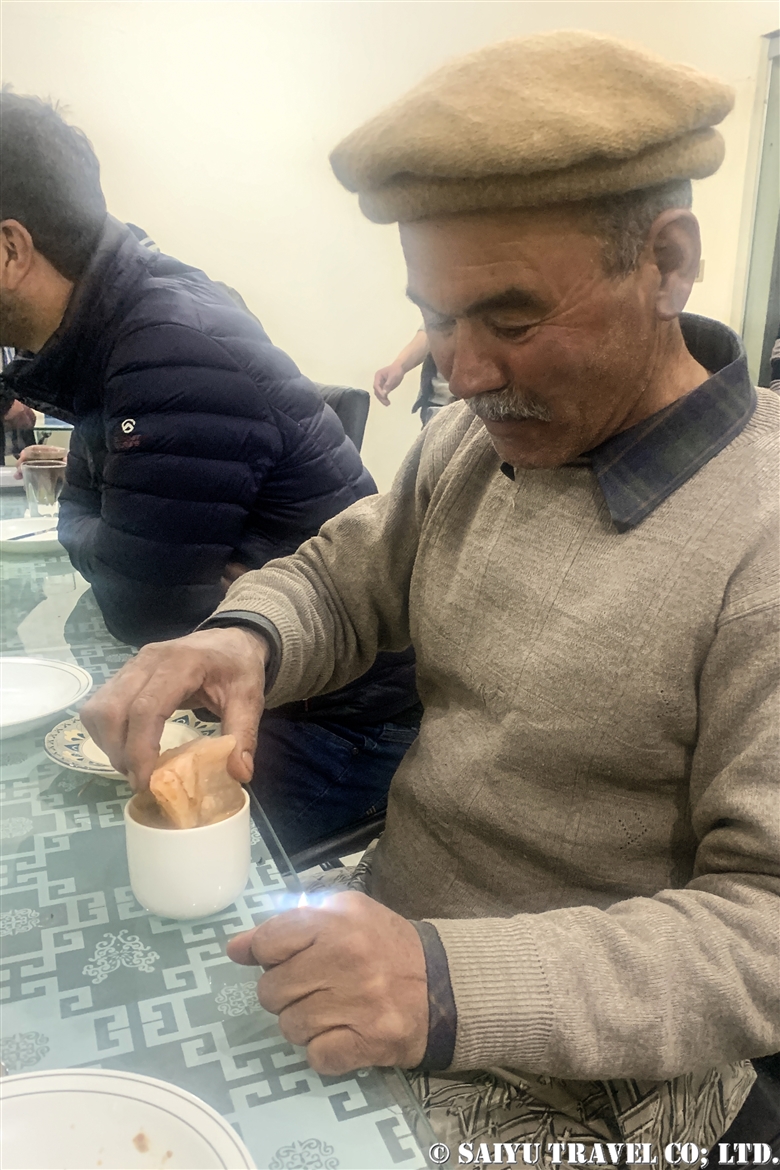
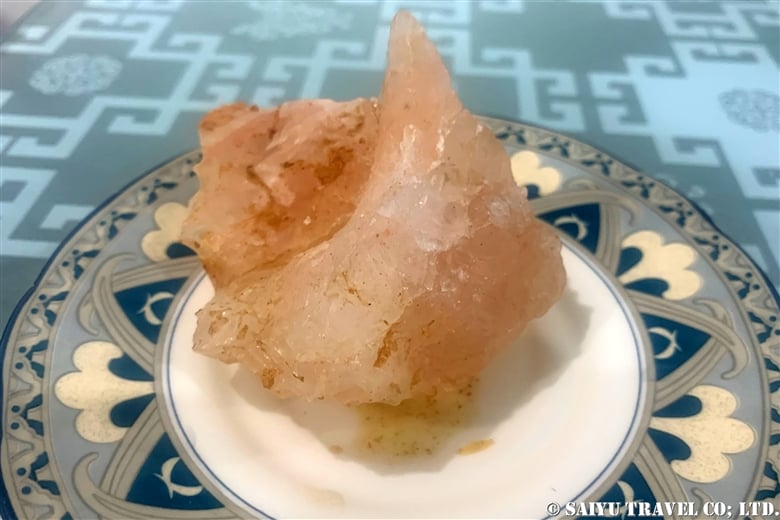














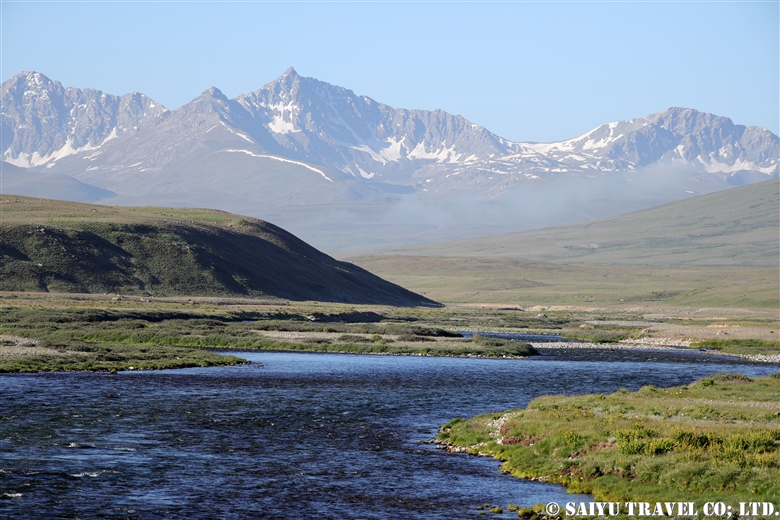





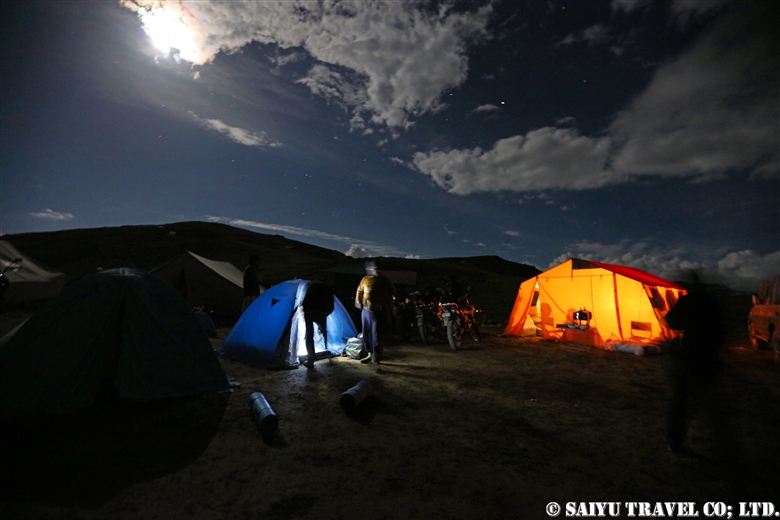
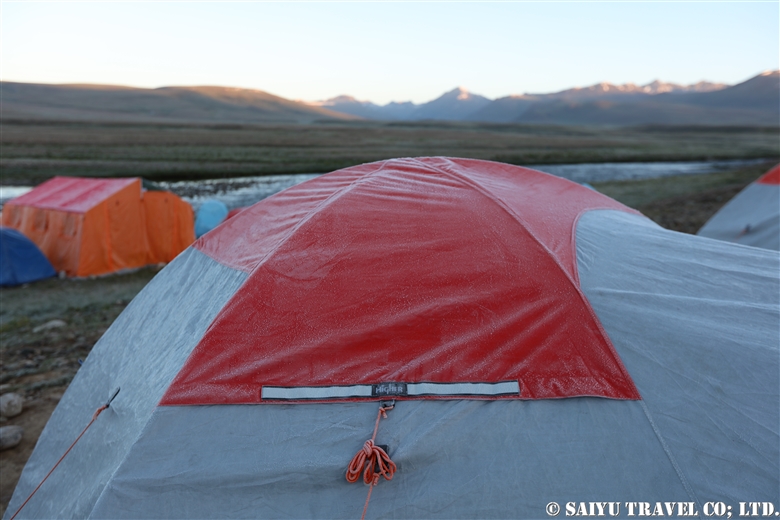
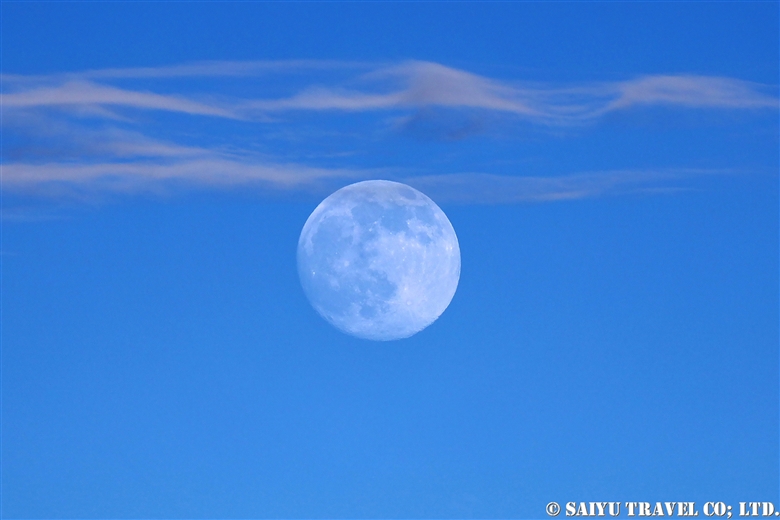











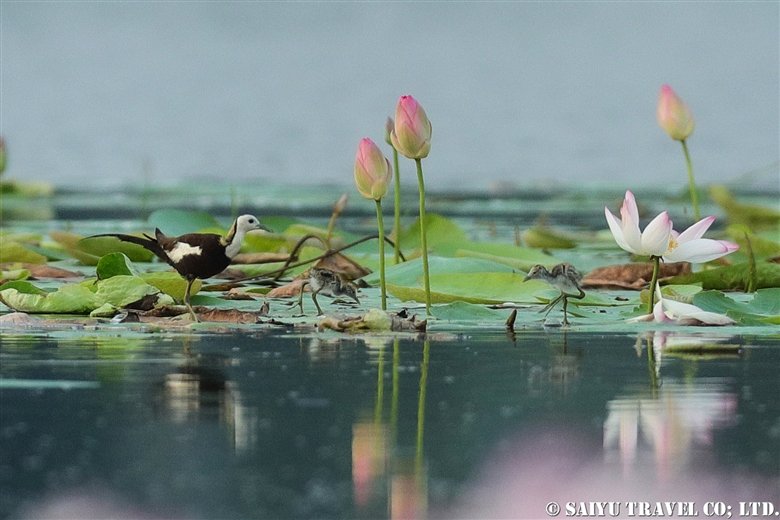

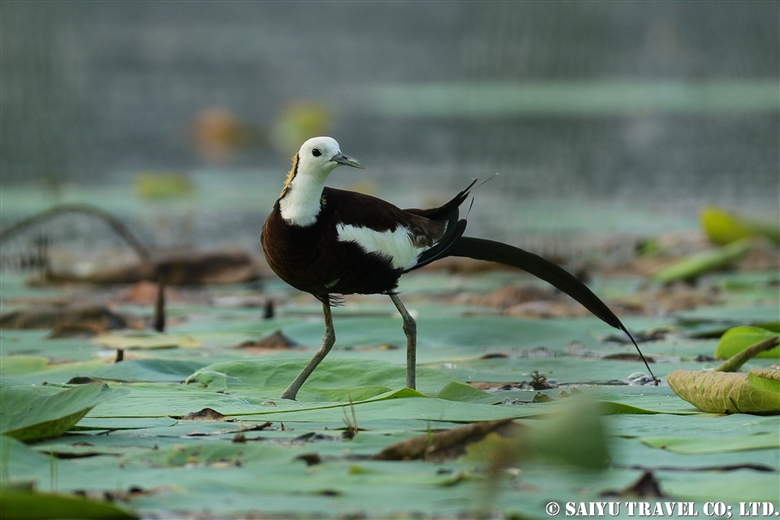
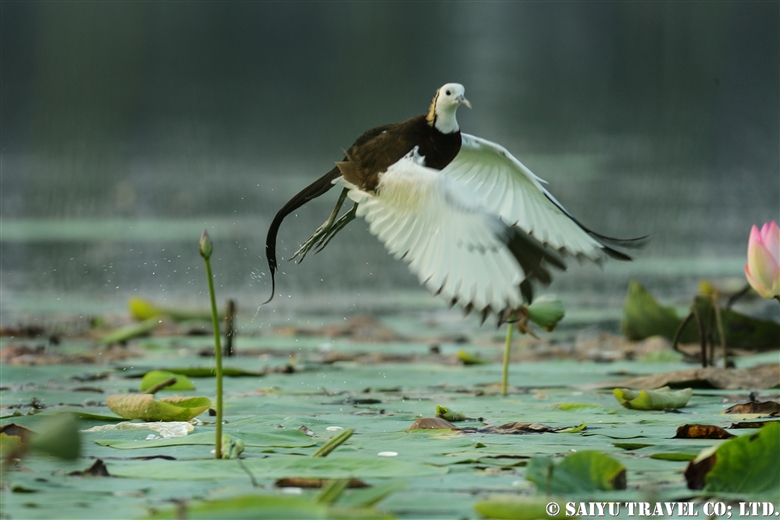
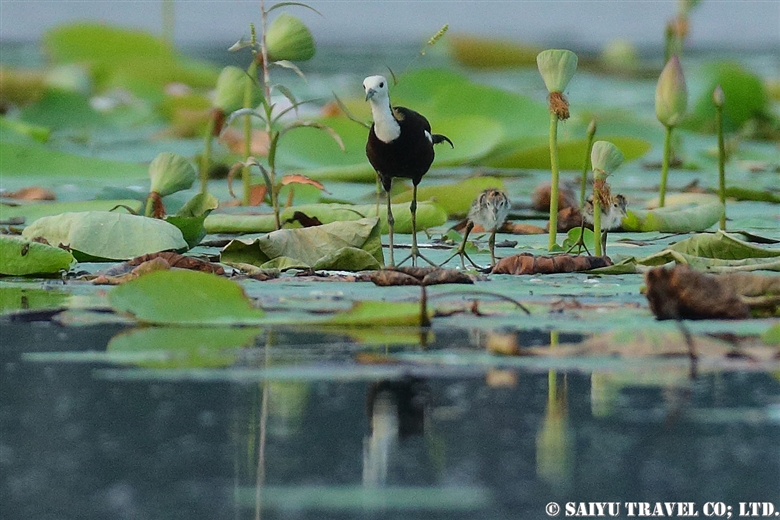
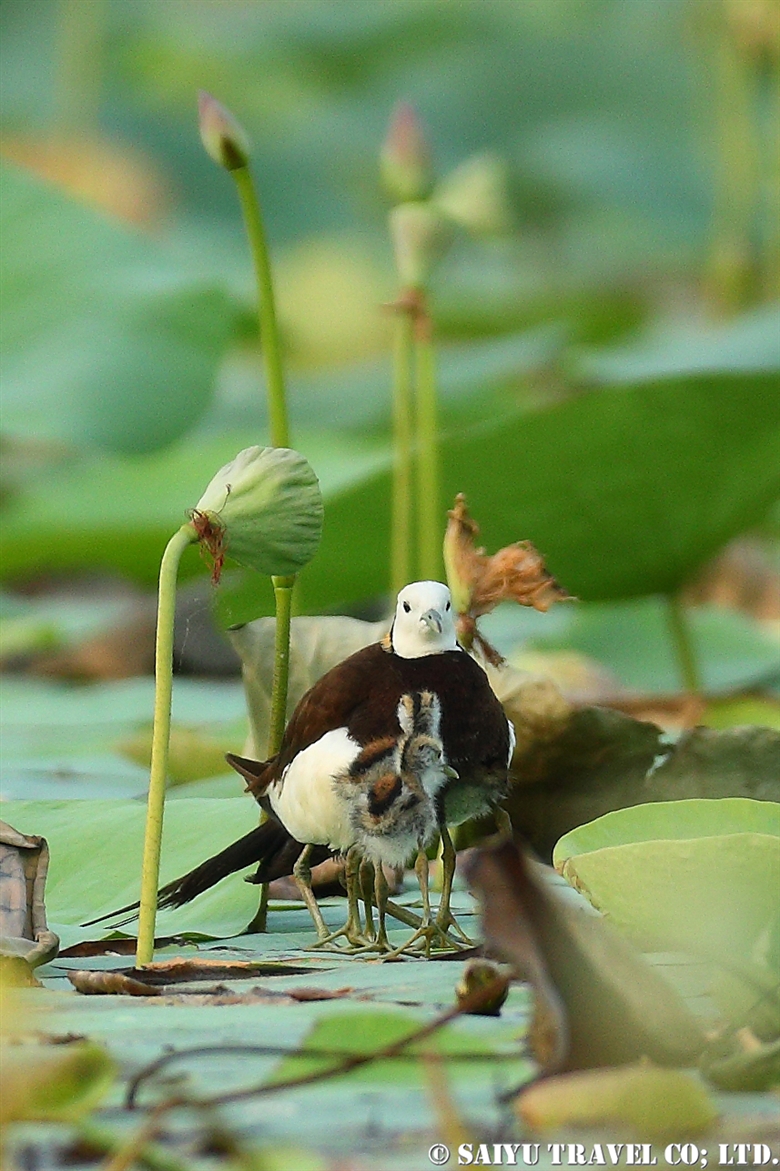
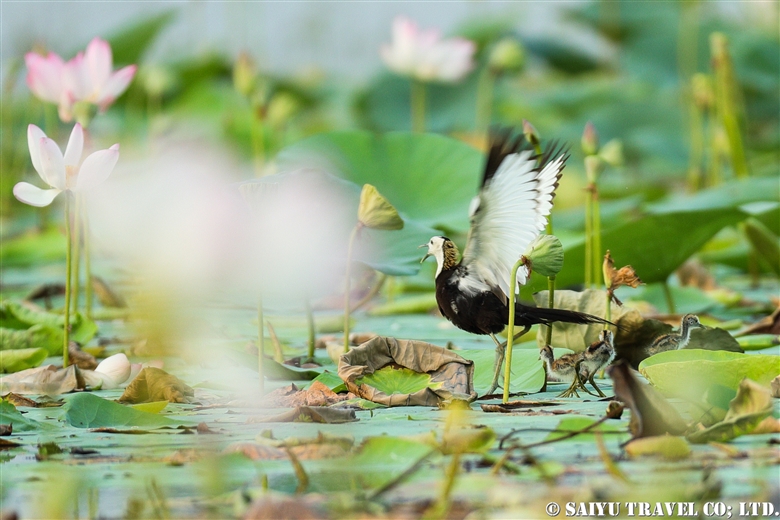
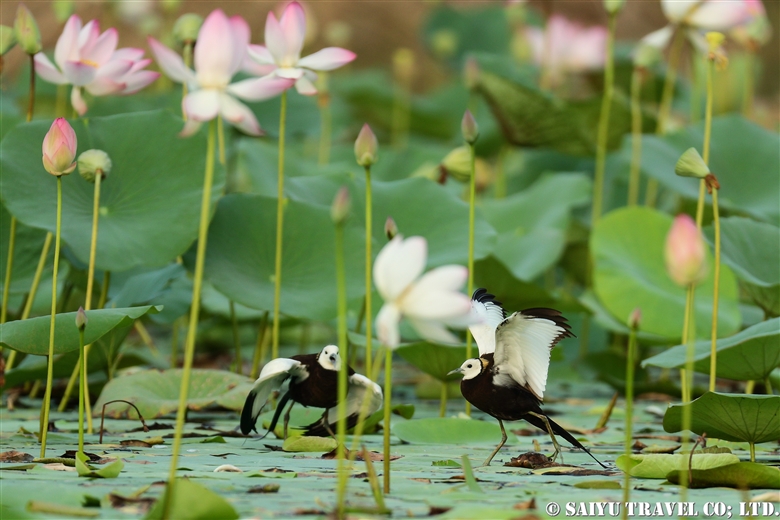
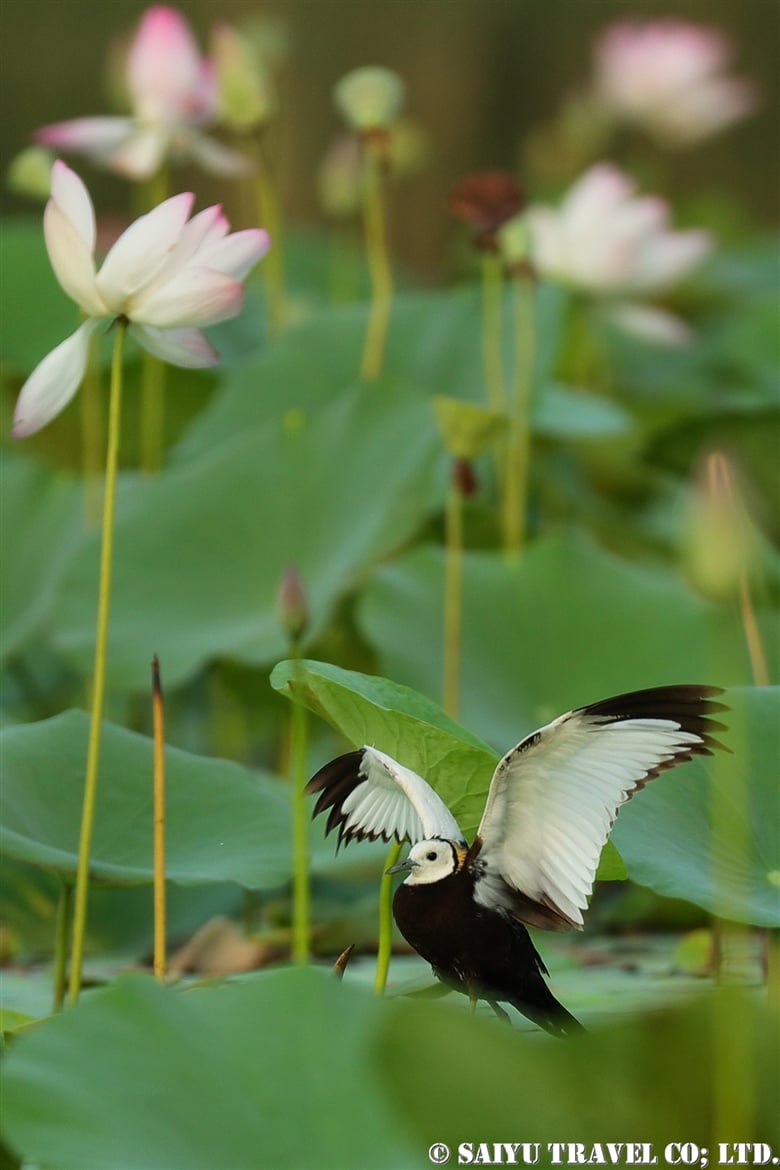
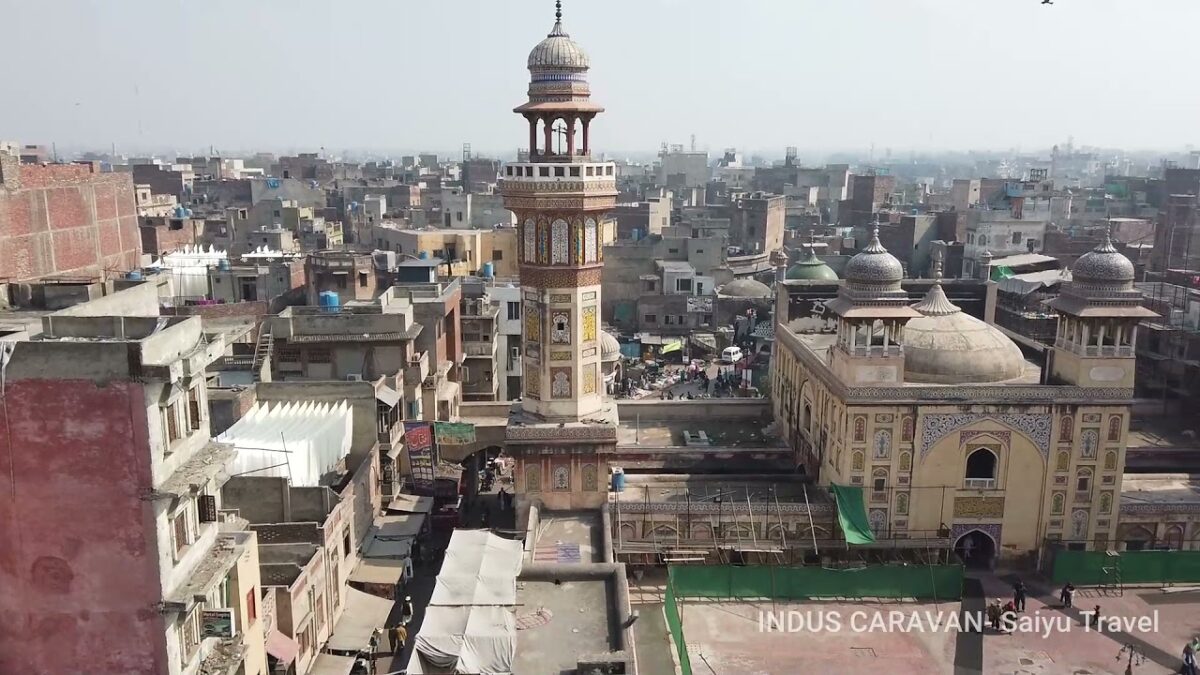
-1200x675.jpeg)
